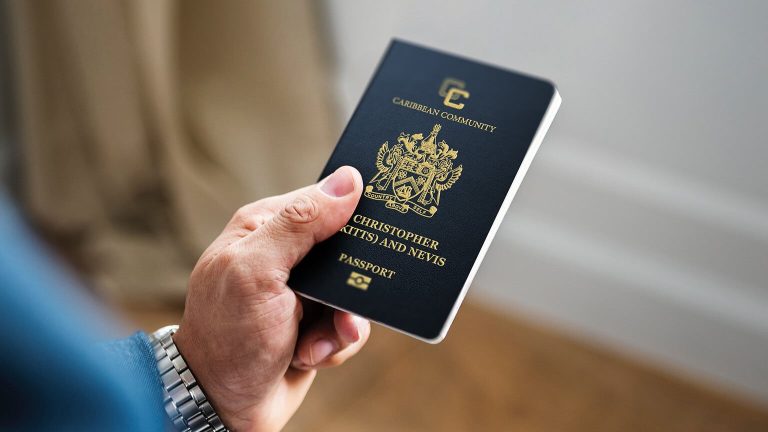Different card types and retailers have different expiration periods because of business strategies and regulatory requirements. Some cards remain valid for several years, while others expire within months of purchase. Expiration dates are sometimes identified when users access giftcardmall/mygift check balance to review card details. These timeframe variations reflect distinct business models, legal obligations, and competitive positioning strategies that influence how long companies maintain card liability on their financial statements.
Card type variations
Different gift card categories carry distinct expiration timeframes based on their intended usage patterns and business purposes:
- Restaurant gift cards typically expire within 12-24 months due to menu pricing changes and seasonal offerings
- Retail store cards often remain valid for 3-5 years to accommodate infrequent shopping patterns
- Experience-based cards for spas or entertainment venues expire quickly due to service capacity limitations
- Promotional cards from marketing campaigns carry shorter expiration periods to drive immediate sales
- Corporate incentive cards may have extended validity periods to accommodate employee redemption schedules
Seasonal businesses adjust expiration dates around peak operating periods to maximize card usage during profitable timeframes. Service-based cards face capacity constraints that require shorter validity periods than product retailers.
Regulatory legal differences
- State and federal laws create varying expiration requirements that directly influence how long gift cards remain valid across different jurisdictions.
- Consumer protection statutes in some states prohibit expiration dates entirely, while others allow reasonable timeframes with proper disclosure requirements.
- Federal legislation establishes minimum five-year validity periods for most retail gift cards but includes exceptions for promotional and incentive cards.
- International gift cards face additional regulatory complexities when crossing jurisdictional boundaries with different consumer protection standards.
- Legal compliance costs influence business decisions about expiration policies, with some companies choosing longer periods to avoid regulatory scrutiny and potential penalties.
Promotional strategy timelines
Marketing campaign objectives heavily influence gift card expiration periods as part of broader customer acquisition and retention strategies:
- Limited-time promotional cards create urgency that drives immediate store visits and additional purchases
- Brand awareness campaigns use extended expiration periods to maintain long-term customer engagement
- Seasonal promotions align expiration dates with holiday shopping periods and peak sales cycles
- Customer retention programs offer longer validity periods to build loyalty and repeat business relationships
- Competitive response cards may feature accelerated expiration dates to capture market share quickly
Sales data analysis helps retailers determine optimal expiration timeframes that maximize card redemption rates and additional purchase amounts during redemption visits.
Industry competitive practices
Market positioning and competitive dynamics shape expiration policies as retailers differentiate themselves through customer-friendly or restrictive timeframe offerings. Premium retailers often provide extended expiration periods as part of superior customer service positioning strategies. Discount retailers may use shorter periods to maintain lower operational costs and simplified account management processes. Industry standards emerge through competitive mimicking, with similar businesses adopting comparable expiration timeframes to match customer expectations. Regulatory pressure and consumer advocacy groups influence industry-wide practices toward longer validity periods. Market leaders often set precedents that smaller competitors follow to avoid customer dissatisfaction and unfavourable comparisons.
Expiration timeframe differences across gift cards result from each retailer’s unique combination of legal obligations and revenue optimization goals. Companies must navigate complex regulatory landscapes while managing financial exposure and customer relationship priorities. Seasonal businesses face different pressures than year-round retailers, leading to varied validity periods that match their specific operational realities. The competitive marketplace continues pushing toward longer expiration periods as consumer protection awareness grows and businesses seek differentiation through customer-friendly policies.


